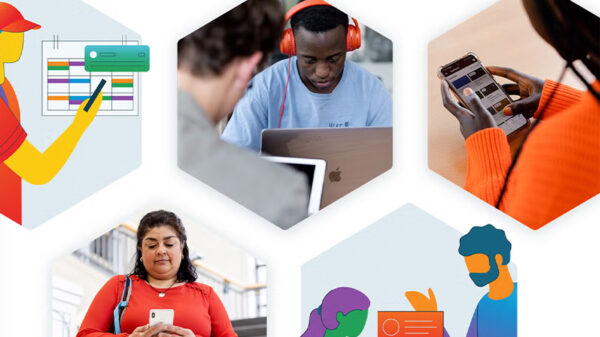The adoption of cashless payments is increasing in the Philippines with six in 10 (or 60%) Filipinos saying they are carrying less cash in their wallets while 84% said they have tried going cashless in 2021, according to Visa’s Consumer Payment Attitudes Study.
“While cash is still commonplace in the Philippines, the preference for cashless payments is clearly gaining momentum. Our study showed more Filipinos are confident to get by without cash and for longer periods of time – with more than half feeling confident to get by for a week or longer, as cashless payment options grow,” said Dan Wolbert, Visa country manager for the Philippines and Guam.
The study was conducted from August to September 2021 through an online questionnaire to 1,000 Filipino across Manila, Cebu, Cavite, Rizal, and Bulacan to assess consumer payment trends and interest in using new payment solutions.
The shift towards a cashless society in the Philippines is noticeably growing as more Filipinos are starting to move away from cash. For these Filipinos, going cashless means being safe, having convenience, and being able to track their financial records easily. This transition leading to a cashless society can be observed in the payment of bills, supermarket expenditure, and retail shopping.
“Filipinos believe COVID-19 has accelerated the country’s transition to a cashless society by at least three years. Now, seven out of 10 consumers anticipate that the Philippines can become fully cashless within the next seven to 10 years,” explained Dan.
Cashless payment usage in the country is increasing across a variety of payment options, where Filipinos have a preference to use mobile wallets (64%), card payments online (52%), card payments at physical merchants (44%), and QR payments (31%). This shows that the pandemic has also driven the uptake of cashless payment methods, especially mobile wallets and card payments online, with a large number of first-time users due to the pandemic.
Contactless payments, on the other hand, are seen as an emerging payment method in which consumers showed high interest. Consumers are using contactless payments more frequently since the pandemic. Eighty-three percent of Filipinos are aware of contactless payments while 69% have made contactless payments in 2021 (up from 66% in 2020).
Other emerging payments include the QR code, and installments. Thirty one percent of consumers used installments more than twice to pay for their purchases in the past years. While 68% are aware of installment offers from various credit cards brands, 66% of consumers opt not to avail of installment.
In 2021, the pandemic continued to be the main driver of online shopping growth, especially digital purchases made via e-commerce apps. More consumers turned to online shopping and started using apps or websites to shop for the first time.
Movement restriction orders in the past year also led to an increase in in-home spends that included home office products, groceries, personal care items, and content platform subscriptions. Home delivery also remained high, with 1/3 of consumers being first-time users.
Filipinos are also exposed to new concepts of payments or future payment trends such as Biometrics, Digital identity, and Cryptocurrency, all receiving interests amid the current situation.









































































































